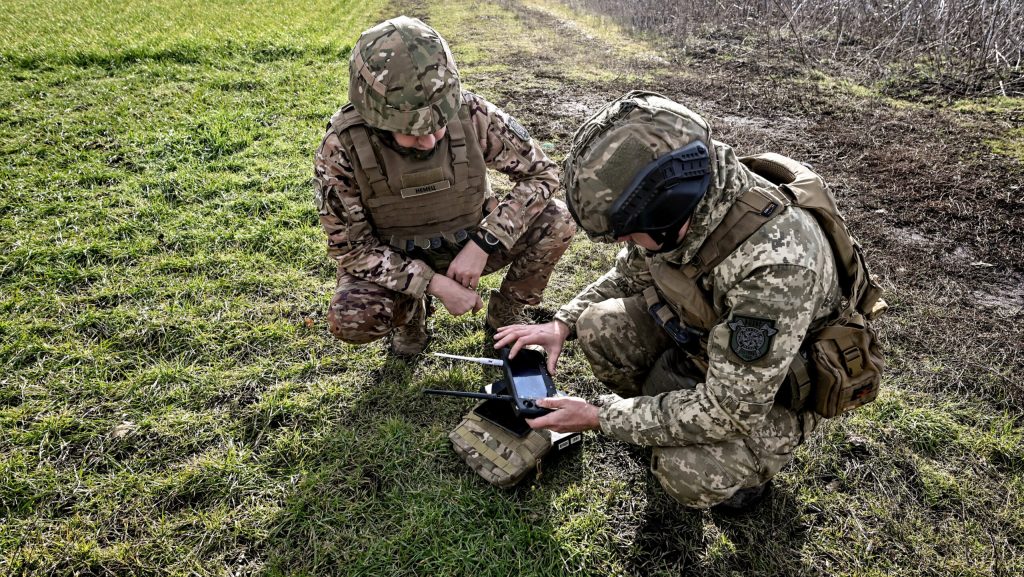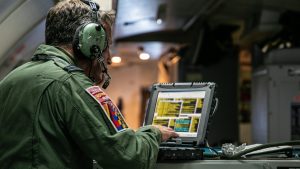NATO Bolsters Defense with Palantir’s AI-Powered Maven Smart System
In a world where the battlefield evolves faster than ever, the North Atlantic Treaty Organization has taken a bold step to stay ahead. NATO has finalized a deal to acquire the Maven Smart System, a cutting-edge artificial intelligence platform developed by Palantir Technologies. Announced on March 25, 2025, this acquisition marks a pivotal moment in modernizing the Alliance’s military capabilities. Known as MSS NATO, the system promises to transform how Allied Command Operations processes intelligence, navigates complex battlefields, and makes critical decisions under pressure. Consequently, with global tensions simmering, this move underscores NATO’s urgency to harness AI as a cornerstone of defense strategy.
A Revolutionary Tool for Modern Warfare
The Maven Smart System is no ordinary technology. Specifically, it’s a sophisticated platform that weaves together vast streams of data—think satellite imagery, troop movements, or even social media chatter—into a coherent picture for commanders. By tapping into advanced AI tools like large language models and machine learning, MSS NATO enables faster, smarter decisions. For example, imagine a general facing a chaotic battlefield: instead of sifting through endless reports, the system highlights key threats, suggests targets, and maps out strategies in real time. This isn’t science fiction; rather, it’s the reality NATO is building to counter modern warfare’s complexities.

Swift Action in a Time of Need
What sets this deal apart is its speed. Notably, NATO, often criticized for bureaucratic delays, moved with remarkable agility. From identifying the need to sealing the contract, the process took just six months—one of the fastest acquisitions in the Alliance’s history. By April 2025, Allied Command Operations expects to have MSS NATO up and running, a testament to the urgency of integrating AI into defense frameworks. Therefore, this rapid timeline reflects not only NATO’s commitment to innovation but also Palantir’s ability to deliver tailored solutions under tight deadlines.
Empowering Commanders with AI
At its core, MSS NATO is about empowerment. Commanders and warfighters gain tools to cut through the fog of war. For instance, intelligence fusion, one of the system’s standout features, pulls together fragmented data to reveal patterns—say, an enemy’s hidden supply line or a brewing threat across borders. Additionally, battlespace awareness gets a boost, giving NATO forces a clearer view of their surroundings, from troop positions to potential hazards. Decision-making, often a high-stakes gamble in conflict, becomes sharper as AI processes information at speeds no human could match. Thus, for NATO’s 31 member nations, this shared capability fosters unity, ensuring everyone operates from the same playbook.

Palantir’s Proven Expertise
Palantir, a U.S.-based tech firm known for its data analytics prowess, brings a wealth of experience to the table. The Maven Smart System builds on its work with the U.S. military, where similar technology has already proven its worth. For example, the U.S. 18th Airborne Corps used Maven to streamline operations in Iraq, achieving results that once required far more personnel. NATO’s version is customized, designed to meet the Alliance’s unique needs while fostering collaboration between North American and European forces. Hence, this transatlantic partnership highlights a shared commitment to staying ahead of adversaries who are also racing to adopt AI.
Navigating a Tense Global Landscape
The timing of this acquisition carries weight. Global security is under strain, with conflicts flaring in regions like Eastern Europe and the Indo-Pacific. As a result, NATO’s investment in MSS NATO signals a proactive stance, prioritizing deterrence through technological superiority. However, the move isn’t without scrutiny. AI in warfare raises ethical questions—how much should machines influence life-or-death decisions? NATO has emphasized that MSS NATO operates securely within military protocols, ensuring human oversight remains paramount. Nevertheless, the balance between innovation and responsibility will likely spark ongoing debate as AI’s role in defense grows.
A Strategic Win for Palantir
For Palantir, the deal is a milestone. The company’s stock surged nearly 6% to $93.71 in premarket trading on April 14, 2025, reflecting investor confidence in its expanding defense portfolio. Beyond profits, Palantir sees MSS NATO as a foundation for future advancements. The system’s open architecture allows for upgrades, meaning NATO could integrate new AI models or simulation tools down the line. Consequently, this flexibility ensures the Alliance won’t be outpaced as technology evolves—a critical factor in an era where digital battlespaces shift by the hour.

Leadership’s Vision for the Future
NATO’s leadership has voiced strong support for the initiative. General Markus Laubenthal, chief of staff at Supreme Headquarters Allied Powers Europe, called MSS NATO a game-changer, noting its ability to make the Alliance “more agile, adaptable, and responsive.” Similarly, Ludwig Decamps, general manager of NATO’s Communications and Information Agency, stressed that the system equips forces with “state-of-the-art” tools for decisive action. Their enthusiasm points to a broader vision: a NATO that not only defends but innovates, setting the standard for military alliances worldwide.
A Unified, AI-Driven Alliance
As MSS NATO rolls out, its impact will ripple beyond the battlefield. Allies will train together, share insights, and refine tactics using a common platform, strengthening cohesion. For smaller member nations, access to such advanced technology levels the playing field, amplifying their contributions to collective defense. Moreover, adversaries may think twice when facing an Alliance armed with AI-driven precision. Deterrence, after all, hinges on perception as much as reality.
Challenges on the Horizon
The road ahead isn’t without challenges. Integrating MSS NATO across diverse forces demands coordination—different languages, systems, and priorities must align. Additionally, cybersecurity looms large; any AI platform is a potential target for hackers. NATO’s swift adoption suggests confidence in Palantir’s safeguards, but vigilance will be key. Ultimately, success will depend on how well the Alliance balances cutting-edge tech with the human judgment that remains warfare’s heart.
In essence, MSS NATO is more than a system—it’s a statement. By embracing AI, NATO is redefining what it means to be a modern military alliance. The stakes are high, but so are the possibilities. As the first units begin using the platform in May 2025, the world will watch closely. For now, one thing is clear: in the race to secure the future, NATO has chosen to lead with intelligence—both human and artificial.

